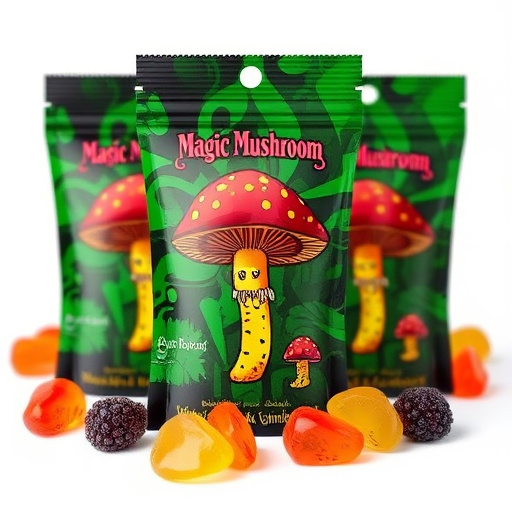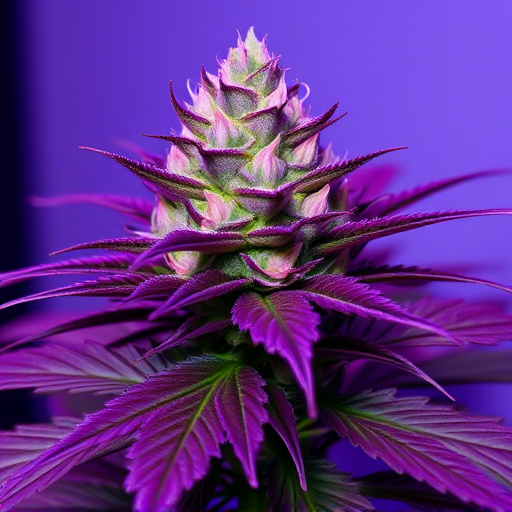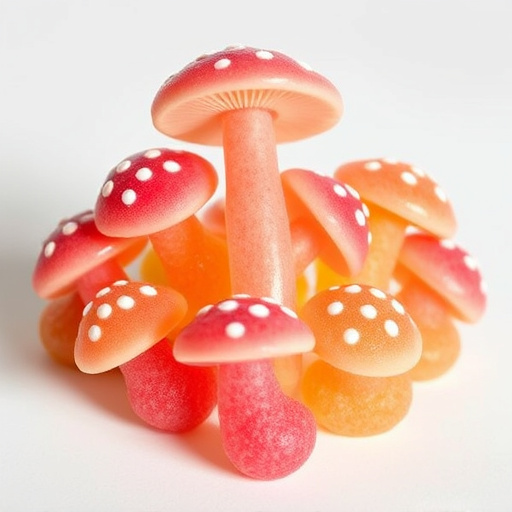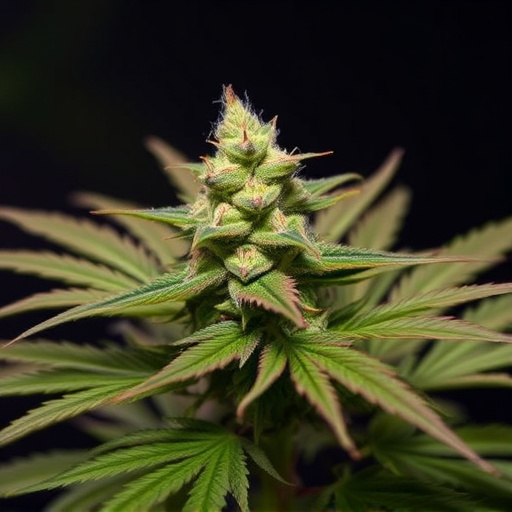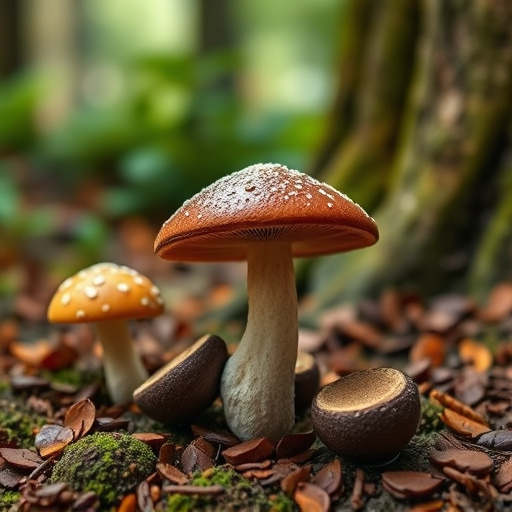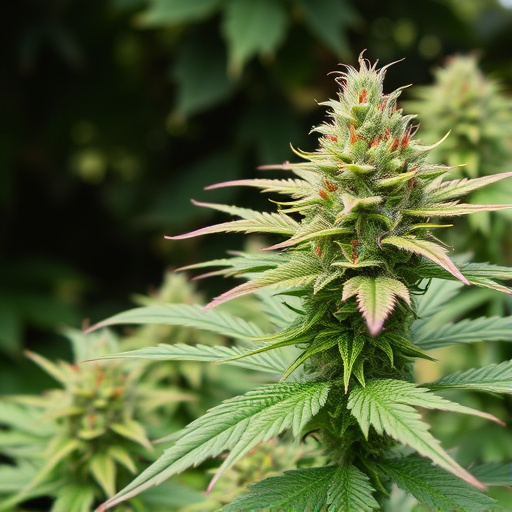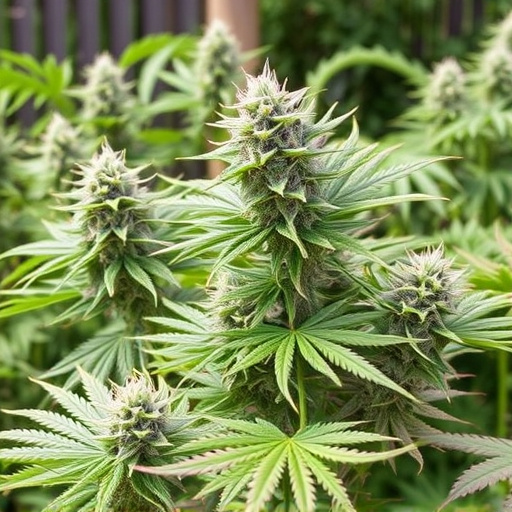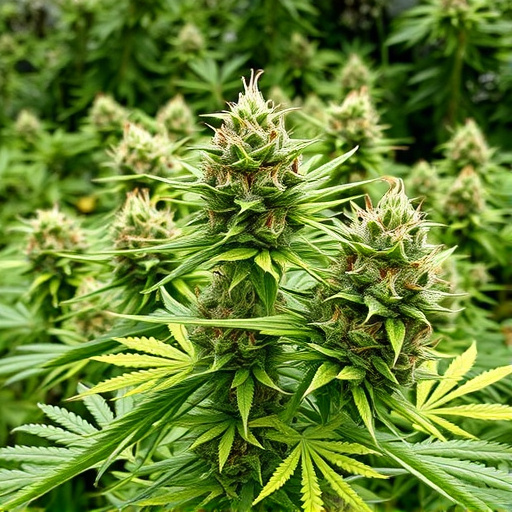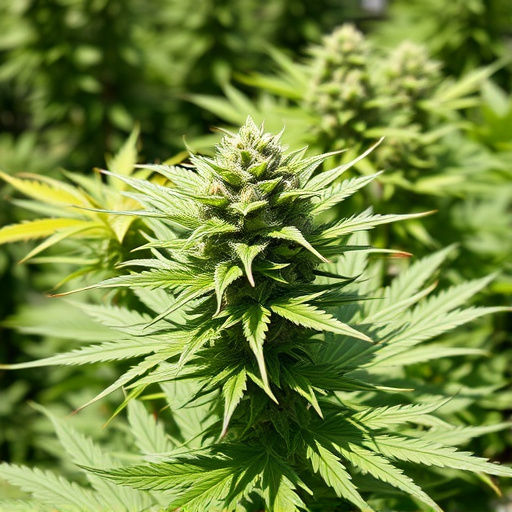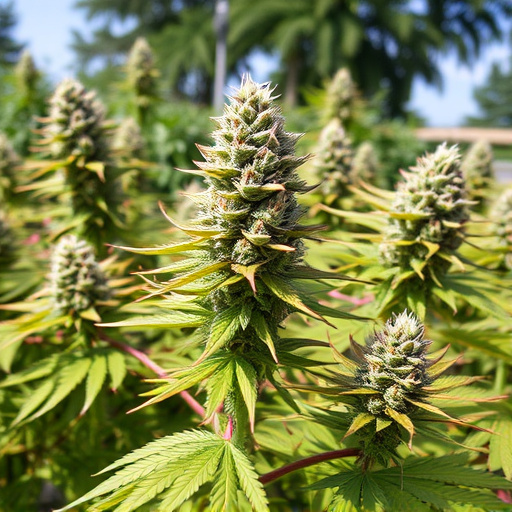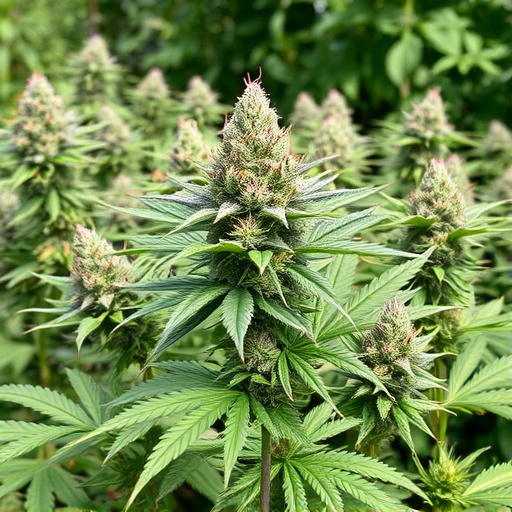Outdoor cannabis growers face wilted plants due to dehydration, hot weather, improper watering, low humidity, and nutrient deficiencies. Early recognition is key to intervention. Restoring dried-out strains involves curing herb in airtight containers at 18-21°C for weeks, along with meticulous soil hydration, shade management, and organic amendments to reclaim potency and quality.
Looking to revive your dried-out weed? This comprehensive guide explores the best ways to restore your outdoor cannabis strains. Understanding the causes and effects of wilting is the first step. We’ll walk you through the necessary preparation, materials, and effective restoration techniques specifically tailored for outdoor cannabis plants. By the end, you’ll be equipped with the knowledge to keep your strains thriving.
- Understanding Dried-Out Weed: Causes and Effects
- Preparation and Materials Required for Restoration
- Effective Restoring Techniques for Outdoor Cannabis Strains
Understanding Dried-Out Weed: Causes and Effects
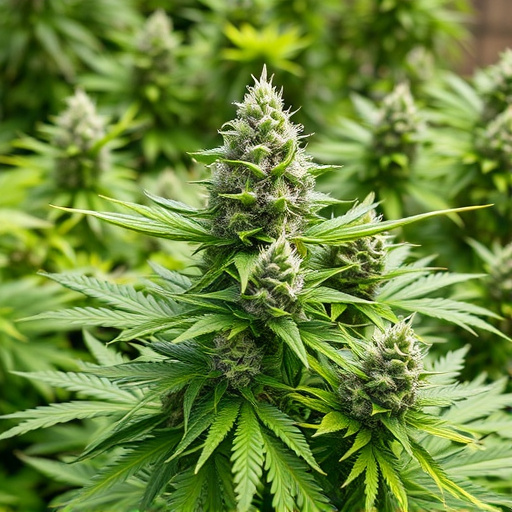
Dried-out weed, also known as wilted or crispy cannabis, is a common issue faced by many growers, especially those cultivating outdoor cannabis strains. Understanding the causes and effects is the first step in restoring health to your plants. The primary reason for this condition is often dehydration, which can be exacerbated by various factors such as hot and dry weather conditions, improper watering techniques, or even low humidity levels.
Other contributing factors include nutrient deficiencies or imbalances, especially concerning essential minerals like calcium and magnesium, which play a crucial role in maintaining plant cell integrity and water transport. Additionally, outdoor strains might face challenges due to varying environmental conditions, making them more susceptible to wilting during periods of intense sunlight and heat stress. Recognizing these issues early is vital as it allows growers to implement timely interventions, ensuring the survival and robust growth of their outdoor cannabis plants.
Preparation and Materials Required for Restoration
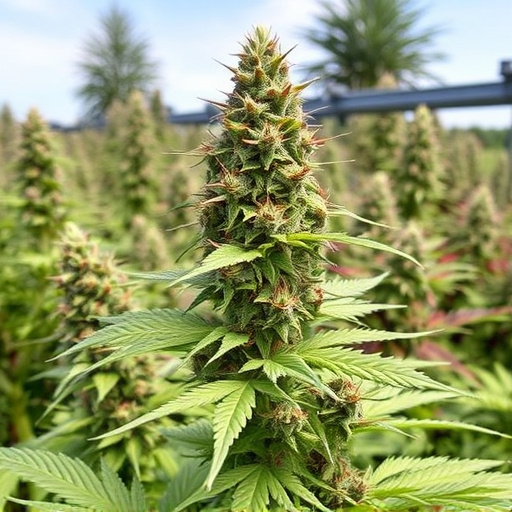
Restoring dried-out weed, or outdoor cannabis strains as they’re often called, requires a thoughtful preparation and specific materials to ensure success. Before beginning, gather essential tools like a clean container suitable for storage (glass jars are ideal), a high-quality grinder, and a drying agent such as silica gel packets. Additionally, you’ll need access to fresh, ambient air and optimal temperature conditions around 65-70°F (18-21°C). Proper preparation includes curing the dried cannabis in an airtight container for several weeks, allowing moisture to redistribute naturally. This meticulous approach ensures that your outdoor strains regain their potent aroma, rich flavors, and desired effects.
Effective Restoring Techniques for Outdoor Cannabis Strains
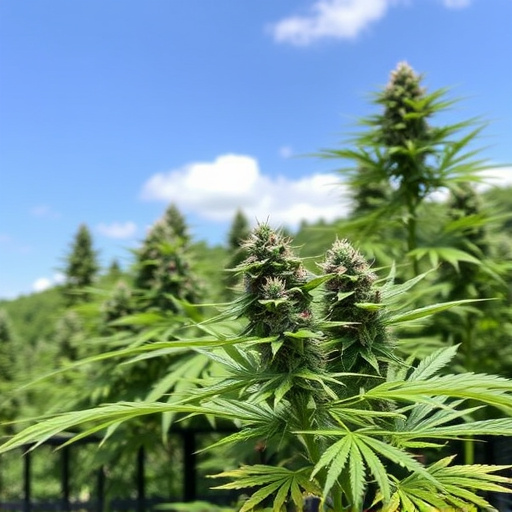
Restoring dried-out outdoor cannabis strains requires a blend of scientific understanding and nurturing care. One effective technique involves reintroducing adequate water, ensuring it’s deeply penetrated into the soil to revive parched roots. This process should be done gradually, allowing the plant time to adjust to its new moisture levels. Additionally, applying organic matter or compost can enrich the soil, providing essential nutrients that promote robust regrowth.
Another vital approach is controlling sunlight exposure. Outdoor cannabis strains thrive in direct sunlight, so placing them in areas with ample light can accelerate their recovery. However, during the restoration period, it’s crucial to monitor for excessive heat, which can further stress the plants. Providing partial shade during the hottest parts of the day offers a balanced environment for optimal healing and growth.
Restoring dried-out weed, particularly for outdoor cannabis strains, requires a thoughtful approach. By understanding the causes and effects of desiccation, preparing the necessary materials, and employing effective techniques, you can revitalize your crop. These strategies not only enhance the quality of your outdoor cannabis strains but also ensure their longevity, allowing for healthier plants and potentially higher yields.

